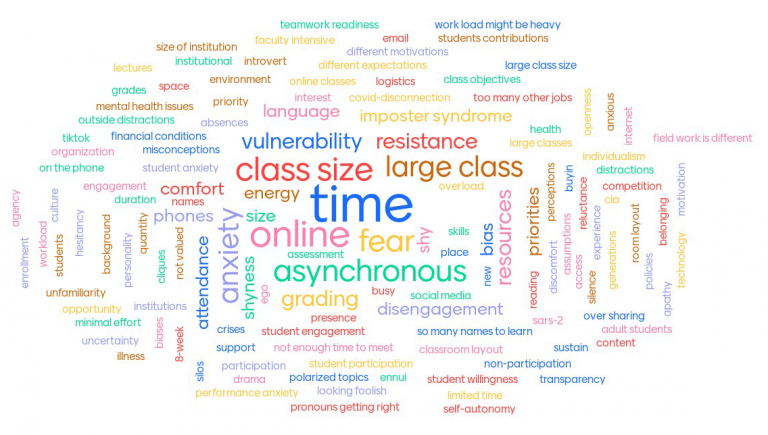Finding hope in community during another long semester
Finding hope in community during another long semester
We called it a non-workshop.
We called it a non-workshop.
When Turnitin activated its artificial intelligence detector this month, it provided a substantial amount of nuanced guidance.

The pandemic has taken a heavy mental and emotional toll on faculty members and graduate teaching assistants.
Not surprisingly, tools for detecting material written by artificial intelligence have created as much confusion as clarity.
Students at several universities say they have been falsely accused of cheating, with accusations delaying graduation for some. Faculty members, chairs, and administrators have said they aren’t sure how to interpret or use the results of AI detectors.
Instructors have raised widespread concern about the impact of generative artificial intelligence on undergraduate education.
A year after the release of a know-it-all chatbot, educators have yet to find a satisfying answer to a nagging question: What are we supposed to do with generative artificial intelligence?
One reason generative AI has been so perplexing to educators is that there is no single step that all instructors can take to make things easier. Here are a few things what we do know, though:
If you are sitting on the fence, wondering whether to jump into the land of generative AI, take a look at some recent news – and then jump.
In a focus group before the pandemic, I heard some heart-wrenching stories from students.
One was from a young, Black woman who felt isolated and lonely. She mostly blamed herself, but the problems went far beyond her. At one point, she said:

We don’t know the last time the first day of classes was canceled.
We’re guessing it was January 1892, when the temperature fell to minus 23, the bottoms of thermometers shattered, and students started using the phrase “froze my bottom off” (or something approximating that).